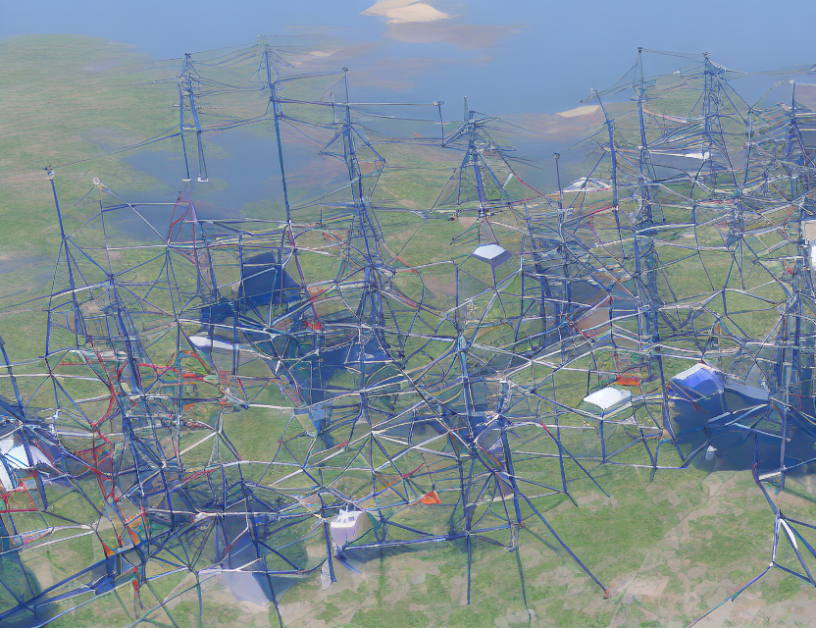In this paper, the authors aim to address the challenges of analyzing cyberattacks on smart grids by proposing a novel approach for synthesizing multi-staged attack data. The proposed framework uses real-world data as a basis for abstraction, which allows for efficient storage and analysis of large amounts of IDS (Intrusion Detection System) data. The authors examine different data representations for attack data, including network packets, network flows, and IDS alert logs, before selecting the most suitable representation for synthesis.
To simplify the process, think of this approach as a recipe book for cyberattacks. Just as you can’t make a delicious meal without the right ingredients, you can’t analyze cyberattacks effectively without the right data. The authors provide a way to abstract and synthesize attack data in a simplified form, similar to how a chef might simplify a recipe by reducing the number of ingredients while still maintaining its flavor and nutritional value.
The proposed framework consists of two main steps: devising an abstracted data format based on real-world data, and developing a synthetic generation framework for this data. By using machine learning algorithms to analyze the abstracted data, the authors aim to identify patterns and trends in cyberattacks that are not easily visible in raw data.
In summary, this paper presents a novel approach for synthesizing multi-staged attack data to improve the analysis of cyberattacks on smart grids. By using real-world data as a basis for abstraction and leveraging machine learning algorithms for analysis, the proposed framework offers a more efficient and effective way to understand and mitigate cyber threats.
Computer Science, Cryptography and Security
Machine Learning and Knowledge Graphs for Intrusion Detection in Smart Grids: A Comparative Study



